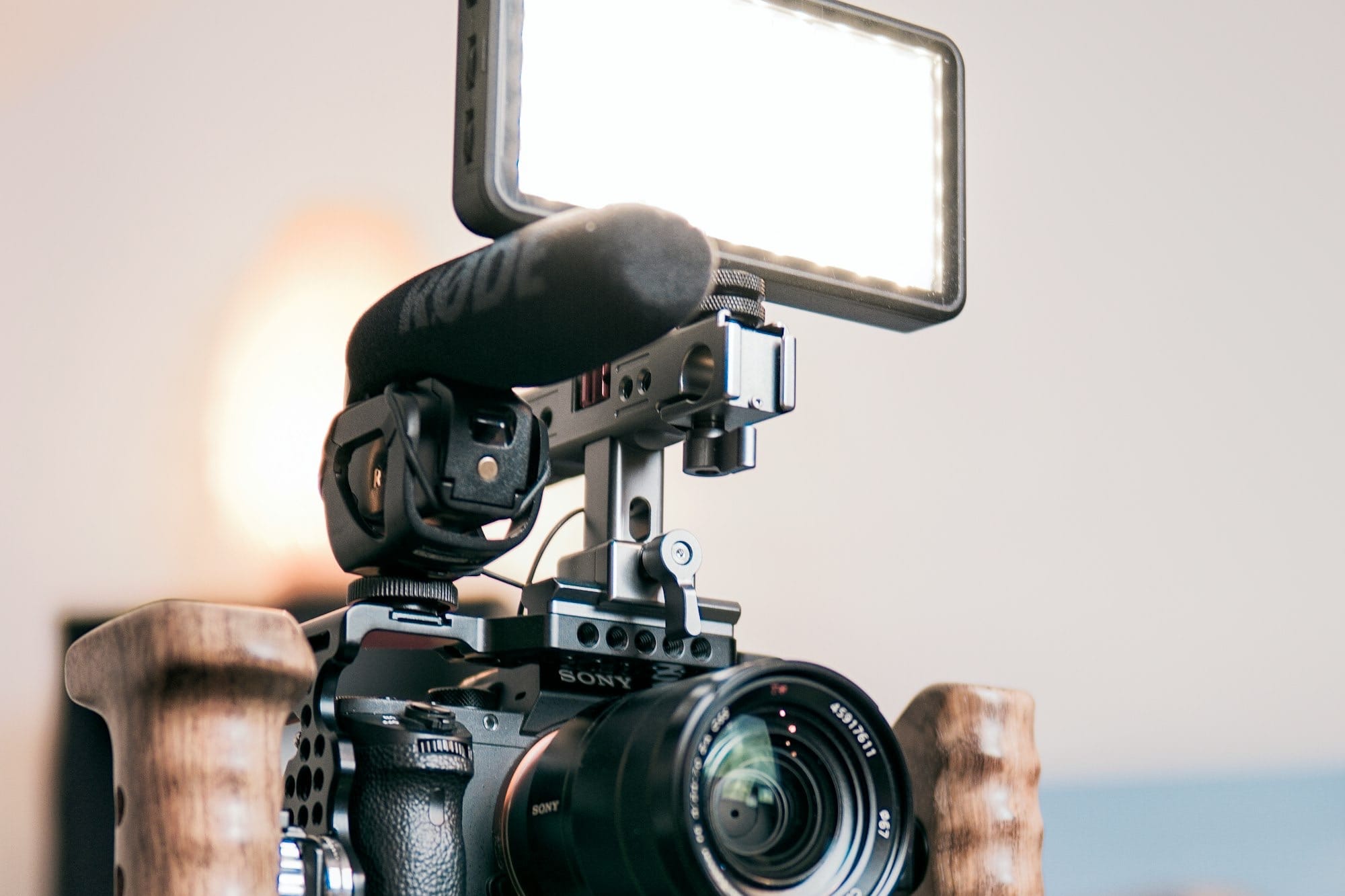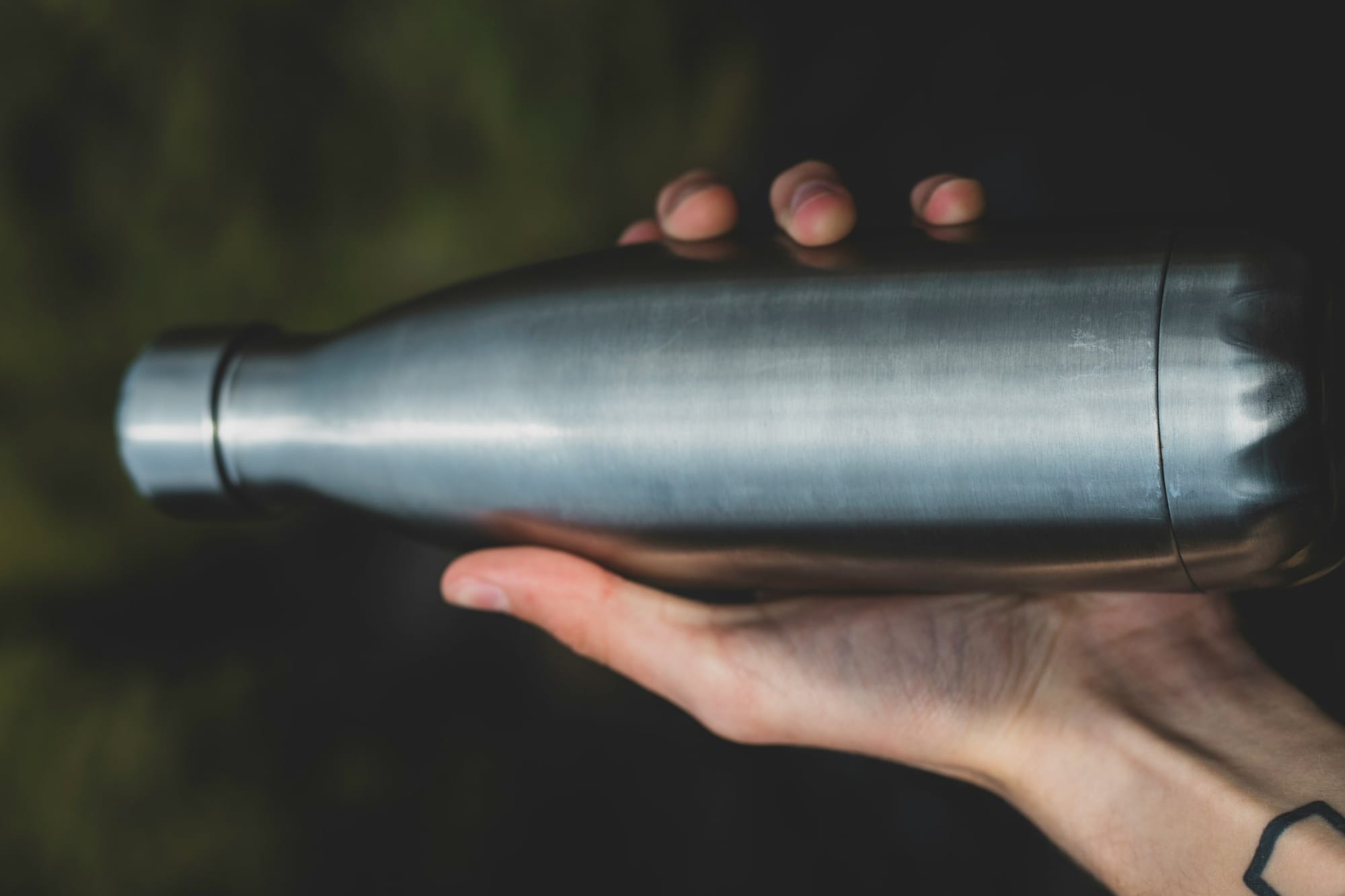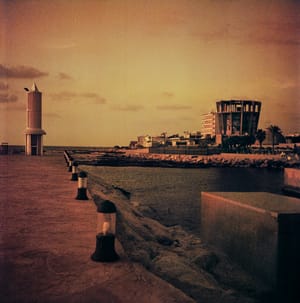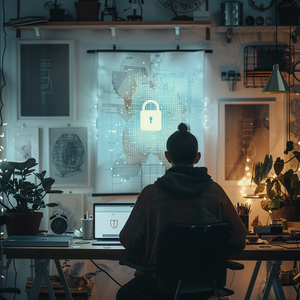Being prepared for any photography assignment is crucial for capturing the best possible shots. Whether you're covering a wedding, a corporate event, or a breaking news story, having the right gear in your photo bag can make all the difference. This article provides an in-depth look at the essential items every photographer should carry, from camera bodies and lenses to cleaning kits and backup gear. Learn how to pack efficiently and effectively to ensure you're ready for any situation on assignment.

Every professional photographer knows that being prepared is half the battle. The right gear can make or break a shoot, and having a well-stocked photo bag ensures you’re ready for any situation that arises. This article outlines the essential items every photographer should carry in their bag, providing tips on how to pack efficiently and effectively for assignments. With insights from experienced photographers and recommendations for using platforms like Andromak to manage your gear, you'll be well-equipped for success.
Camera Bodies and Lenses
Primary Camera Body: The primary camera body is the heart of your gear. Choose a reliable, versatile camera that suits your shooting style. Whether you prefer a DSLR or a mirrorless system, ensure your camera is in good working condition and fully charged.
Backup Camera Body: A backup camera body is crucial in case your primary camera fails. It doesn’t have to be as high-end as your main camera but should be capable of delivering quality results.
Essential Lenses
- Wide-Angle Lens: Ideal for landscapes, architecture, and tight spaces.
- Standard Zoom Lens: Versatile for a variety of subjects and situations.
- Telephoto Lens: Perfect for sports, wildlife, and portraits.
- Prime Lens: Offers superior image quality and is excellent for low-light conditions.

Memory Cards and Storage
High-Capacity Memory Cards: Carry multiple high-capacity memory cards to ensure you have enough storage for your photos. Opt for fast, reliable cards to handle high-resolution files and continuous shooting.
Portable Hard Drive: A portable hard drive allows you to back up your images on the go. This is essential for safeguarding your work, especially on longer assignments where you may accumulate a large volume of files.
Card Reader: A card reader is necessary for transferring your images to your laptop or portable drive quickly and efficiently.
Power Supplies
Extra Batteries: Always carry extra batteries for your camera and any other electronic gear. Ensure they are fully charged before you head out.
Battery Charger: A portable battery charger is essential for recharging on the go. Consider a charger with multiple slots to charge several batteries simultaneously.
Power Bank: A power bank can be a lifesaver for charging your camera, smartphone, or other devices when you’re in the field with no access to power outlets.

Tripod and Stabilization
Sturdy Tripod: A sturdy tripod is crucial for stable shots, especially in low-light conditions or for long exposures. Choose a tripod that is durable yet lightweight for easy transport.
Monopod: A monopod offers stability with greater mobility, making it ideal for sports and wildlife photography.
Gimbal: For videographers, a gimbal is essential for smooth, stable footage, especially when shooting handheld.
Lighting Equipment
External Flash: An external flash provides additional lighting when natural light is insufficient. It’s essential for indoor events, portraits, and creative lighting effects.
Continuous Lighting: Continuous lighting kits are useful for video shoots and can also be used for still photography in controlled environments.
Light Modifiers: Light modifiers such as softboxes, reflectors, and diffusers help shape and control your lighting, ensuring flattering and balanced illumination.

Lens Cleaning Kit
Microfiber Cloths: Microfiber cloths are essential for cleaning your lenses without scratching them. Keep several in your bag for quick, safe cleaning.
Lens Cleaning Solution: A good lens cleaning solution can remove smudges and fingerprints without damaging the lens coating.
Air Blower: An air blower helps remove dust and debris from your lens and camera sensor, reducing the risk of scratches and image quality issues.
Filters
Polarizing Filter: A polarizing filter reduces reflections and glare, enhancing colors and contrast, especially in landscape photography.
Neutral Density (ND) Filter: ND filters allow you to use slower shutter speeds in bright conditions, creating effects such as smooth water or motion blur.
UV Filter: A UV filter protects your lens from dust, scratches, and moisture without affecting image quality.
Backup Gear
Extra Camera Body: Having a backup camera body ensures that you’re prepared in case of equipment failure. It doesn’t have to be as advanced as your primary camera but should be reliable.
Spare Lenses: Carry a spare lens or two, especially if your primary lens fails or if you need different focal lengths for different situations.

Snacks and Water
Energy Bars: Energy bars provide a quick and convenient source of energy during long shoots. Choose bars that are nutritious and easy to carry.
Water Bottle: Staying hydrated is crucial, especially during outdoor shoots or long assignments. Carry a refillable water bottle to ensure you have access to water at all times.
Weather Protection
Rain Cover for Gear: A rain cover protects your camera and lenses from moisture, allowing you to continue shooting even in wet conditions.
Weather-Resistant Bag: Choose a weather-resistant camera bag that offers protection from rain, dust, and other elements. A durable, padded bag will also protect your gear from physical damage.
Appropriate Clothing: Dress in layers and wear weather-appropriate clothing to stay comfortable during shoots. Waterproof jackets, hats, and gloves can make a big difference in adverse conditions.
Being well-prepared with the right gear is essential for any successful photography assignment. By carrying a well-rounded selection of camera bodies, lenses, memory cards, power supplies, stabilization equipment, lighting gear, and other essentials, you can ensure that you’re ready for any situation that arises. Platforms like Andromak offer valuable tools and features to help photographers manage their gear, plan their shoots, and stay organized, enhancing their ability to capture stunning images on every assignment.

References
- "What’s in My Camera Bag?" National Geographic. [Source](https://www.nationalgeographic.com/photography/article/whats-in-my-camera-bag)
- "How to Pack Your Camera Bag for Travel." B&H Explora. [Source](https://www.bhphotovideo.com/explora/photography/tips-and-solutions/how-to-pack-your-camera-bag-for-travel)
- "Essential Gear for Photographers: What to Bring on Every Shoot." Digital Photography





